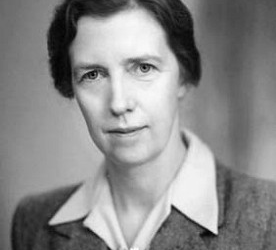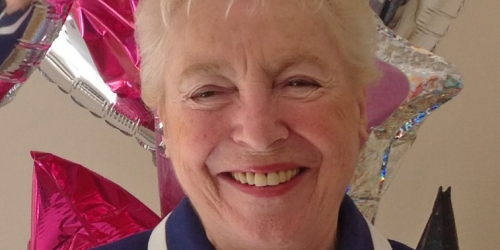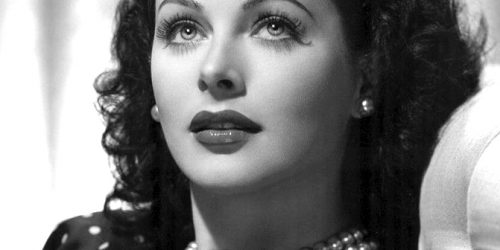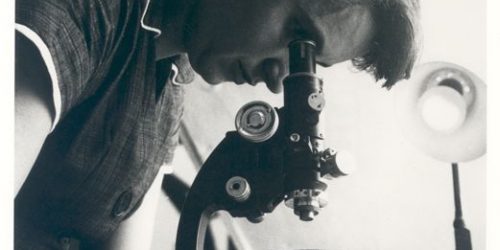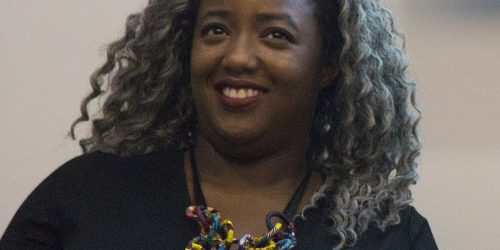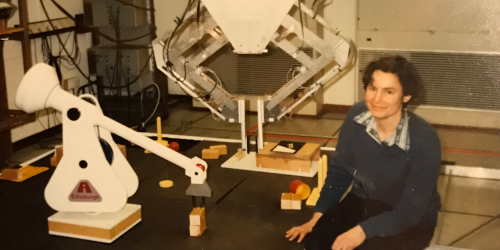Mary Anning (en)
This is a blog post by Andra Jones, for International Women’s Day 2021. You can find the Welsh version here.
Dyma blog gan Andra Jones, ar gyfer Diwrnod Rhyngwladol Y Menywod 2021. Cewch ffindio’r fersiwn Cymraeg yma.
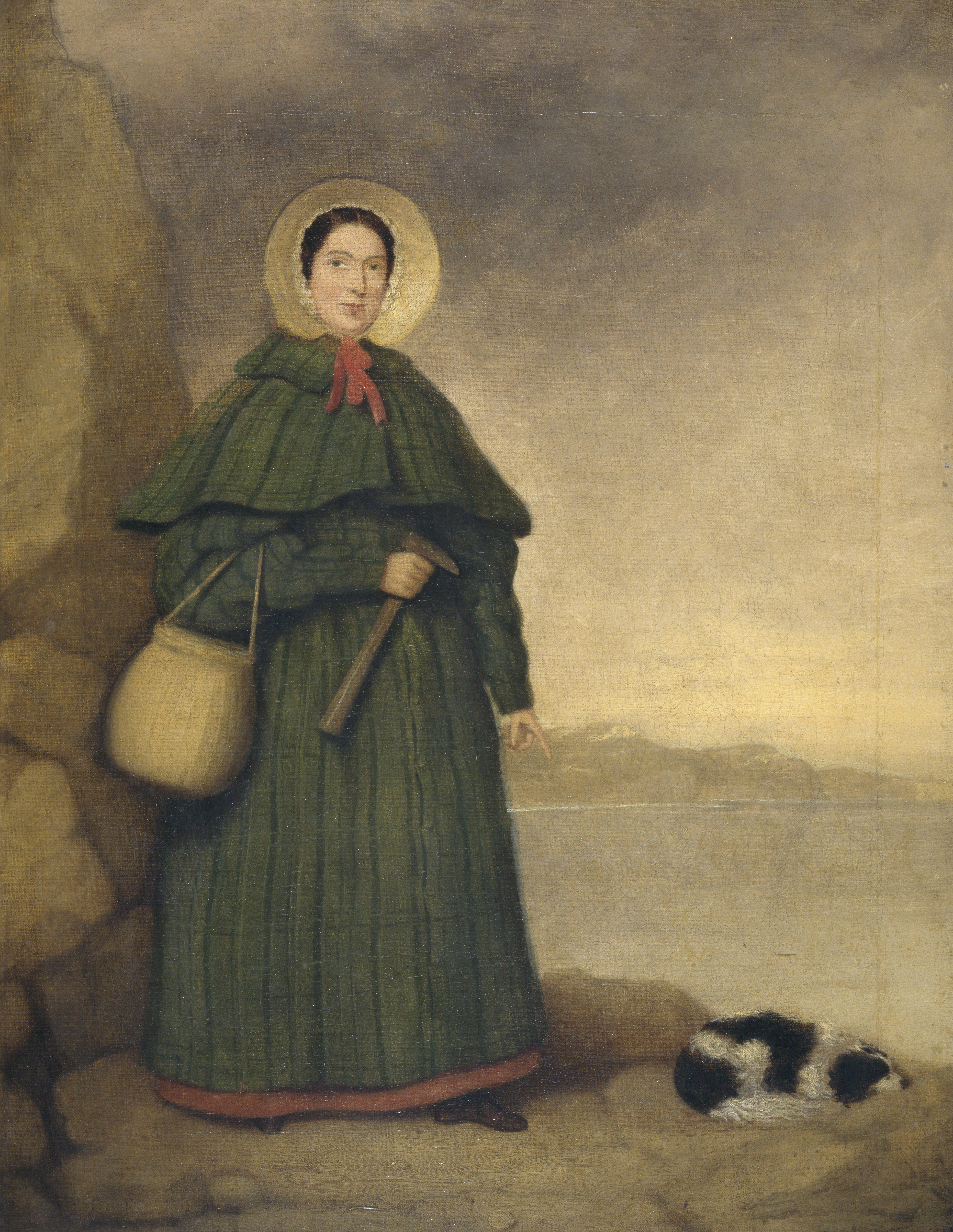
Mary Anning – Palaeontologist (1799 – 1847)
Mary lived in Lyme Regis (Dorset) during the time of King George III, the Napoleonic wars and Jane Austen’s Sense and Sensibility. She came from a poor family; she and her older brother Joseph were the only children from a family of 10 to live beyond childhood. Her father was a Cabinet maker and amateur fossil collector, who sold some of his finds to help make ends meet. We know little about her mother other than she had 10 kids and helped to run the family shop after her husband died.
The family were extremely religious, at the time they were Dissenters (Protestants who had separated from the Church of England). This gave Mary three very big disadvantages to achieving anything during her life – she was Poor, she was a Dissenter, and she was a Girl. Formal education was not something she could ever hope to attend.
Despite, and I like to think maybe because of this, Mary went on to make some of the most amazing discoveries in Geology. She discovered the first complete Ichthyosaurus skeleton at the age of 12, the first complete Plesiosaurus skeleton at the age of 24 and the first Pterodactyl remains ever discovered outside of Germany. She also pioneered the study of coprolites (fossilised poo).
She never married and she died at the age of 47 from breast cancer. She survived a very close lightning strike at the age of 15 months, which killed the woman holding her and two other women. She also narrowly escaped, when out collecting fossils, a rockslide that killed her pet terrier, Tray. She wrote “…. It was but a moment between me and the same fate”. Fossil collecting was a very dangerous pastime. Some might say she led a blessed life. Before the lightning strike, she had been a sickly baby but afterwards she seemed to change, becoming a lively and curious child.
I prefer to think that instead of being ‘blessed’ this girl fought against the restrictions placed on her by her religion, her status and her gender. As a Dissenter she was lucky enough to be able to attend Sunday school where she was taught to read and write. She then took this further and taught herself anatomy and read scientific papers – even teaching herself French so that she could read the work of Georges Cuvier. She made many contacts in the scientific world: professors and learned gentlemen contacted her and learned from her. She was visited by royalty – but throughout her life she stayed in Lyme Regis collecting fossils, studying them and selling them to support her family.
As with many women in the past, her work was rarely credited to her. Men took her discoveries and wrote them up as their own. Mary was aware that she was being used by the scientific community: “The world has used me so unkindly, I fear it has made me suspicious of everyone”. But her dedication and determination kept her going. Some of the men of her time were as unhappy with her treatment as she was and they aided her when they could: some financially, when she and her family were desperate, and some with literary credit, when they thought they could get away with it!
Here is a woman who did not let life get to her, she shouldered the prejudices and difficulties she faced every day of her life. She learned so that she could better understand the world around her. She accepted her life as it was and worked within its restrictions for the good of science and the future.
